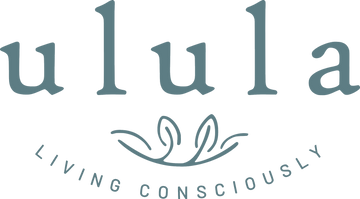In a real food allergy, the human immune system is oversensitive to a specific protein found in food. Proteins that are triggers for allergies are also called allergens. Because different foods contain very different proteins, allergic reactions happen very specifically only after contact to a specific food or ingredient. In the event of other types of intolerance, on the other hand, the immune system is not involved, for example lactose intolerance or gluten intolerance.
Allergy symptoms
Symptoms in infants usually occur in the skin and gastro-intestinal tract. They range from dry, scaly or weeping areas of the skin, unpleasant itching, rashes and pimples right up to a sore bottom. Regular vomiting, diarrhoea and blood in the stool after eating a specific food are signs that could indicate an allergy.
The role of breast milk in allergy prevention
Breast milk is the best-suited food for allergy prevention in infants. In the first few hours after birth, the milk is especially high in immunity agents and support the child's resistance. It can be called the first oral vaccination. Breast milk is matched best to the needs of the infant and provides all the nutrients that the baby needs. Intolerance to breast milk is extremely rare. Exclusive breastfeeding protects the child because it excludes giving any other milk and hence too early contact to possible allergens such as cow milk or soy. If supplemental food is added later, then breastfeeding is still possible and even desirable. This is because new supplemental food is more compatible together with breast milk. This also applies to gluten, a protein component that is found in most types of grain. Therefore, it is super if grain-porridge is prepared with breast milk and for 1-3 breastfeeding meals to still be maintained generally in addition to supplemental food.
Our recommendation for a low-allergen diet:
General recommendations:
If you want to get your baby used to supplemental food gradually, then you will be on the safe side to get to know possible intolerances or allergies. The following is a rule of thumb: Only introduce one new food per week and only replace one breastfeeding meal with a new supplemental food meal per month.
Allergy prevention with breast milk can be supported very well by choosing the right supplemental food. Boiled vegetables and fruit are suitable as the first supplemental food because they trigger allergies much less than raw fruit and vegetables.
Mono-grain porridges, which only contain one variety of grain, are very well suited to gently adding food. Gluten-free millet porridge can, for example, be prepared with fruit or vegetables as a milk-free meal. Combining grain with breast milk into a grain porridge is particularly advantageous.




